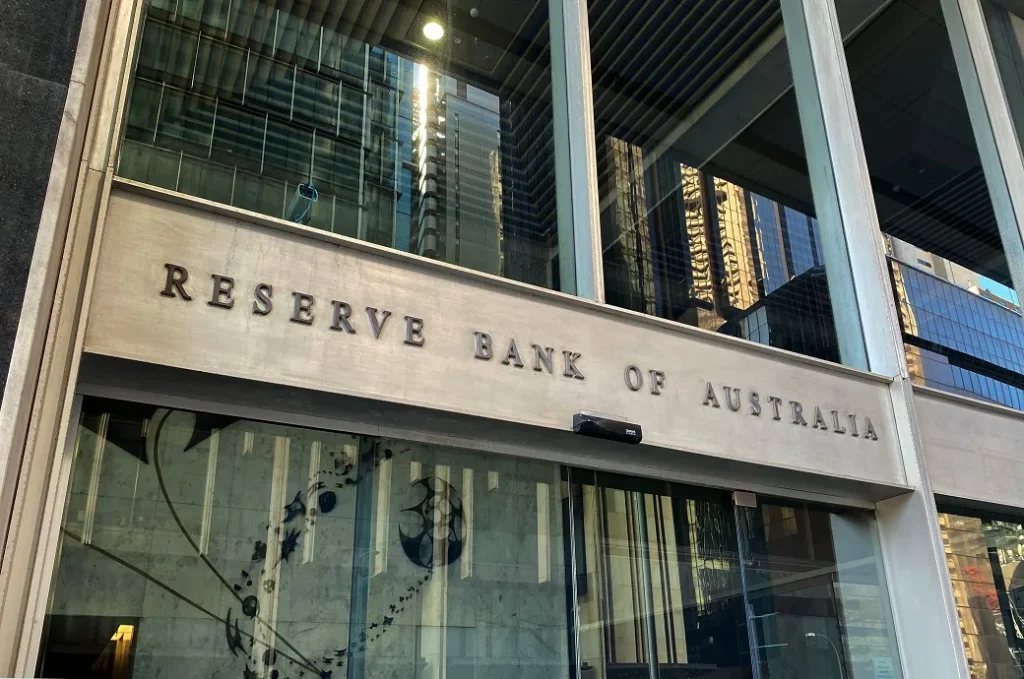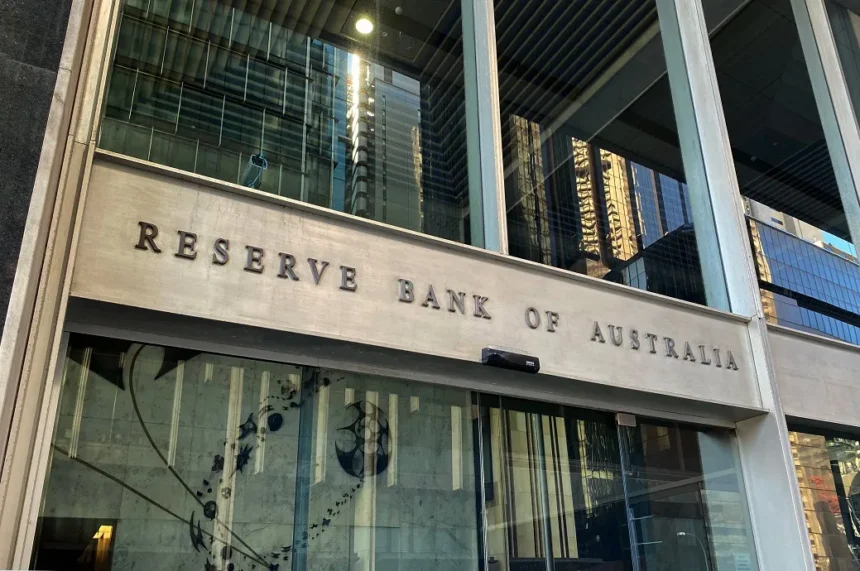RBA Stalls on Rate Cut While Chasing Old Data
The Reserve Bank of Australia (RBA) has chosen not to lower interest rates, again delaying action while awaiting outdated economic data. Six of the nine board members have decided to wait for confirmation of inflation trends through the June quarter CPI, which won’t be released until July 30. This data, however, reflects economic conditions from months ago.
Instead of acting on forward-looking indicators, the RBA board appears trapped in the past. The irony is glaring—they distrust the monthly CPI data, calling it unreliable, yet used two segments of that same monthly release to justify holding rates.
“The outlook remains uncertain,” the board stated, echoing a sentiment that adds little clarity. The RBA seems to ignore its own inflation forecasts, demanding proof from lagging statistics rather than anticipating economic shifts as expected from a central bank.
Confusion Around CPI and Mixed Signals
Although the monthly CPI is said to be unreliable, the board still cited it when making their latest decision. Specifically, they noted slightly higher-than-expected prices for home construction and durable goods. But the broader picture shows inflation sitting within the target range.
Governor Michele Bullock, during the press conference, refused to reveal her position among the divided board. Her tone hinted she may be one of the three who believe the RBA should be proactive, not reactive.
As she stated, a rate cut could still come soon—“unless the June quarter CPI turns out to be a nasty surprise,” which she doesn’t expect. This reinforces the idea that policy is being shaped by outdated information, leaving households and businesses uncertain.
Labour, Productivity, and Missed Opportunities
The board’s commentary repeated the usual lines: tight labour markets, businesses struggling with hiring, and productivity issues. Yet these have become hollow phrases.
The claim that labour availability is still a constraint doesn’t align with reality. Employers will always report worker shortages unless unemployment is soaring. Meanwhile, sluggish productivity growth stems from a lack of vision and investment—not wage pressures.
The RBA continues to ignore the real-time economic signals that show weakening household spending and cautious financial behaviour. Monday’s bank data revealed only 10% of mortgage holders are reducing repayments despite rate cuts—clear evidence that rate reductions aren’t yet helping.
So why wait?
As the economy softens, inflation eases, and consumer confidence weakens, waiting for backward-looking data could cause greater harm. Monetary policy works with a lag. The longer the delay, the less effective each future rate cut becomes.







